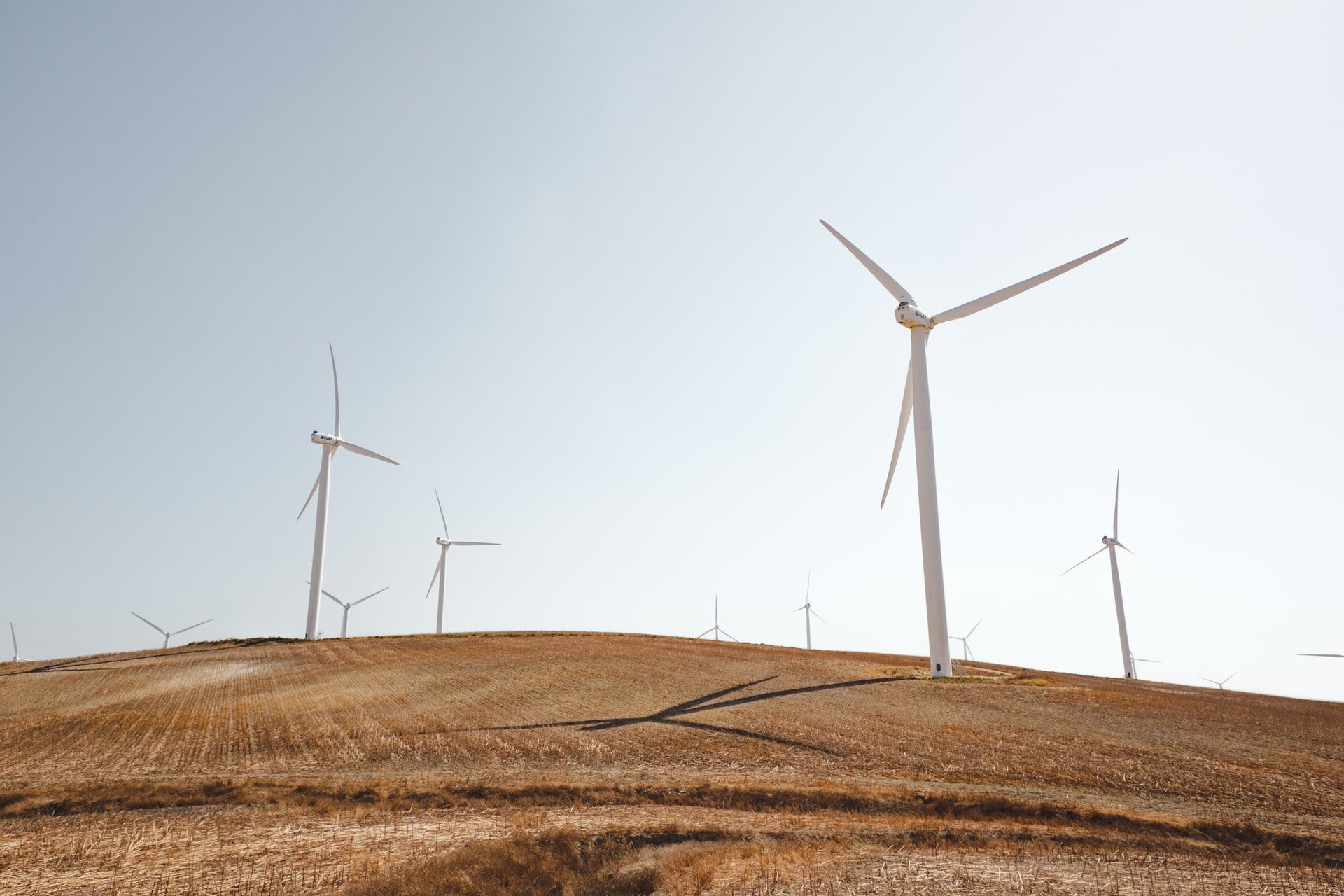The United States recently announced an ambitious, powerful new emissions target for 2030. The goal? Reduce emissions by at least half of 2005 levels in the next nine years. Though it requires swift action, the goal is achievable and is projected to spur strong economic recovery throughout the decade. Moving toward this sustainable, clean energy goal is likely to create millions of new jobs, cut air pollution and bolster the competitiveness of the American economy.
To meet targets in an economically sound way, the administration is suggesting various pathways to success. The 50 percent reduction plan is backed by a strong analysis from various leading groups, including the World Resources Institute. Some of the key, swift routes to carbon emissions reduction include closing outdated coal-fired plants, tripling the rate of new solar and wind farms, and focusing on making electronic vehicles the primary-use vehicle for both businesses and individuals. Clean cars are getting easier and easier to manufacture as the cost plummets and the country moves toward making the required batteries stateside. This new legislation pledges nearly $175 billion to support the switch to electric vehicles. Studies already show that coal plants and fossil-fuel vehicles are more expensive to operate, making lowering emissions a money-saving move for all citizens.
The newly proposed American Jobs Plan is poised to help lift the economy including the clean energy industry, a proven job-creating sector. The plan calls for modernizing the energy grid in a way that bolsters domestically resilient wind and solar technologies. The initiative also expands the availability of electric vehicle charging options across the nation. The administration has set various departments on course to work in tandem with the plan, in particular the Environmental Protection Agency, which is encouraging a reduction in vehicle, gas, and oil operations and manufacturing emissions. These actions are all tied to the clean energy legislation passed last December that focuses on wind and solar advances and improving energy efficiencies across the board, from federal buildings to small-town schools. In fact, if states, cities, and local communities all take ambitious action, an analysis indicates those efforts will help reduce emissions by 37 percent. A federal push will complement these ongoing initiatives in meeting the 50 percent reduction mark.
Private corporations have clearly recognized that supporting science-based carbon emission reduction is a smart investment. As an example, general store giant Wal-Mart is setting the bar high with a pledge to zero emissions by 2040. The Arkansas-based company has already reduced its emissions by 375 million metric tons. Its Project Gigaton alone has already significantly reduced greenhouse gases worldwide, an equivalent reduction of taking 200 million cars off the road in a one-year period.
Companies are also realizing that clean energy spurs new jobs. In fact, wind, solar and other energy-efficient technologies create double the number of jobs as fossil fuels. This is particularly true in rural counties, with new clean energy jobs outnumbering fossil fuel employment opportunities in 80 percent of those areas. In cities, investment in new public transportation, cycling, and walking already creates more jobs than the interstate system. It is estimated that the American Jobs Plan alone will create at least two million jobs over the next two to three years. Though it is estimated the economy will take two more years to recover from pandemic losses, by mid-decade the clean energy job boost hits 13.5 million new jobs. Without the emissions goal legislation or the Jobs Plan, only 10 million new jobs are expected.
The new 2030 emissions target is set to be a major trigger of economic growth over the next decade. New jobs, increased productivity and higher profits are just some of the benefits of cutting carbon emissions in half. In 2019, U.S. clean energy investment was nearly $80 billion and, after a pandemic setback, is now skewing strongly again. In tandem with the American Jobs Plan, the United States is moving forward on a sustainable path that benefits individuals, small businesses, corporations and the overall health of the nation.





